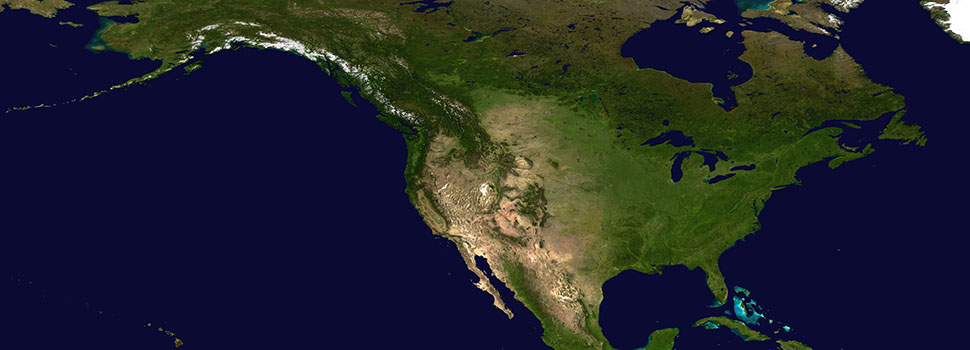Historian Daniel Immerwahr tells the fascinating story of the United States outside the United States in “How to Hide an Empire: A History of the Greater United States” (Farrar, Straus and Giroux, February 2019).
“The book is about the United States’ overseas territory, from its colonies to its military bases,” said Immerwahr, associate professor of history in the Weinberg College of Arts and Sciences.
“One distinct feature of the U.S. Empire, when compared to the British Empire, is how hidden it was from view. Obviously, Filipinos and Puerto Ricans were fully aware of it. But it was entirely possible for people in, for example, Ohio or Oregon, to have very little idea that their country even had colonies.”
Immerwahr, who teaches courses on U.S. foreign relations, global history, intellectual history and the history of capitalism, said we can’t properly understand U.S. history if we limit ourselves to examining the states.
“Immensely important things happened in the overseas territories. World War II began for the United States with an attack on its Pacific colonies, not just Hawai'i, but the Philippines, Guam and Wake Island, too,” Immerwahr said. “The War on Terror started with a conflict over a military base in Saudi Arabia. The more I researched, the more I saw just how many things — from the musical ‘Oklahoma!’ to the peace sign — you couldn’t really understand unless you understood territorial empire.”
Immerwahr argues that readers should think of the United States differently — not as the “contiguous blob” bordered by Canada and Mexico and the oceans — but as a dynamic and far-reaching country with territory from the Caribbean to the Arctic to the Pacific.
“Once you include the overseas territory in your definition of the ‘United States,’ your sense of the country and its history changes radically,” he said.
Immerwahr said one of the more surprising facts in the book has to do with World War II.
“When most people in the United States think about the Second World War, they imagine it mainly as a fight to defend Europe against invasions from fascists,” Immerwahr said. “They assume that the United States was only itself struck once, at Pearl Harbor. But once you factor in the territories, you realize that the United States was not only attacked multiple times but that parts of it were invaded and conquered: Guam, Wake Island, part of Alaska, and the largest of all the colonies, the Philippines. The fight between the United States and Japan over the Philippines ultimately killed about a million and a half people,as far as we can tell. It was by far the bloodiest event ever to take place on U.S. soil, far more lethal than the Civil War.
“It decimated Manila, the sixth-largest city in the country. And many of the Filipinos who were killed in the fighting died from ‘friendly fire’ at the hands of the U.S. military. It’s hard to overemphasize the magnitude of this event, yet it barely makes a dent in U.S. history textbooks and overviews,” Immerwahr said.
Daniel Immerwahr is an associate professor of history in the Weinberg College of Arts and Sciences.


